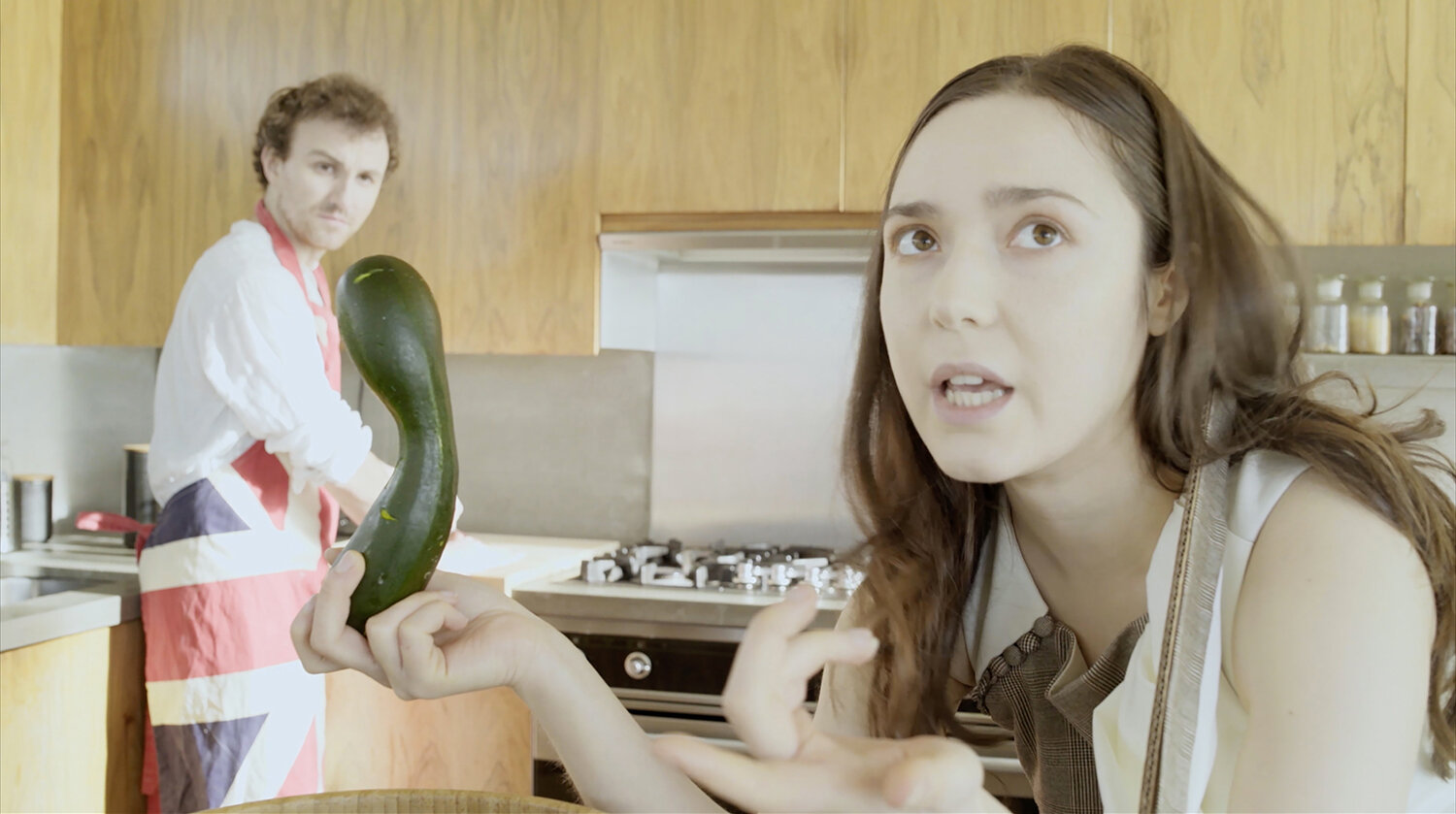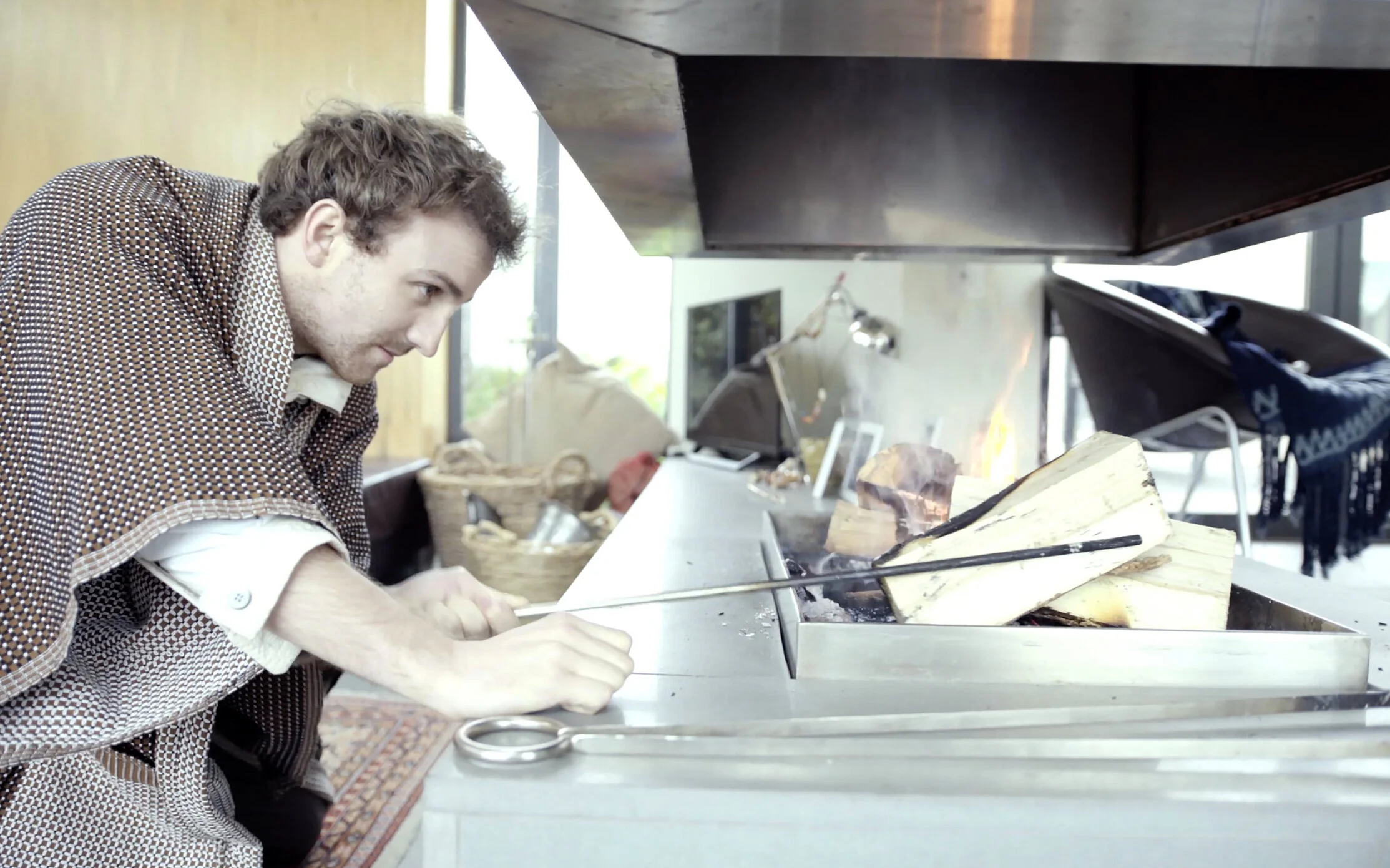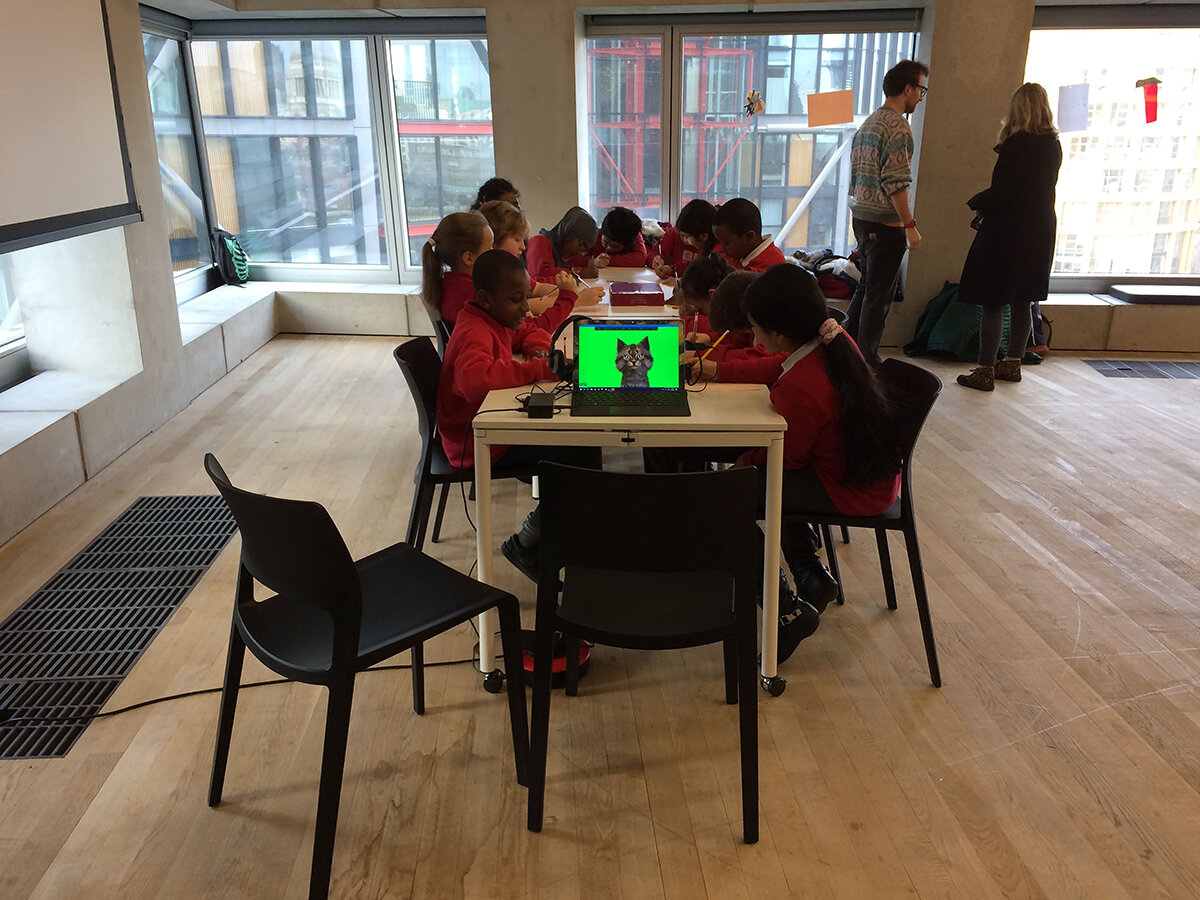Tom Cardew

“I’ve always been interested in the minutiae of daily activity..”
Interview by Maddie Rose Hills
Could you tell us a bit about yourself and your background? Where did you study?
Sure, I’m from Bridgend, South Wales, and did Foundation Art in Pontypridd, segued into an architecture degree at the University of Bath followed by a couple of years at Herzog & de Meuron in Basel. After that, I spent a few years of making work outside of an institutional framework before doing an MA in Fine Art at Central Saint Martins between 2016-18.
Have you always been interested in critiquing social culture and the day-to-day way people live their lives?
In terms of my practice, the process of making work, yes. I’ve always been interested in the minutiae of daily activity, probably more so now as I lurch forward into my early 30s looking back at my childhood life growing up in Bridgend through a nostalgic lens. As an artist, I like observing little habits, mannerisms and so on in myself, people close to me, people on the street etc to then note it down, which might later translate into a seed of an idea for a short story, or a film or a material composition. That said, when detached from art making, it’s probably a bit grating on your friends and family to always be critiquing the social culture they and you are fully within, as they’re mid-conversation about the queen or whatever, so I try to turn it off and do my best impersonation of a functioning human, which I think has been working well so far.
For me, this critiquing as practice is a kind of abstract mining, which I think most artists working in linear narrative tend to do, like observational comedians etc. Go down the drainpipe inside (or outside) yourself and clamber back up with a small nugget idea you had on the bus, or something like that.
Digging deeper, to extend the mining metaphor probably too far, I think it’s vital to be critical of the norms in society, and in particular to be critical of neo-liberal capitalism that lives off ruthless competition and perpetual comparison between its subjects. I would have liked to have called it late capitalism, but we’ve just signed up to another 5 years of further entrenched hyper competitive, regressive social & economic life, so I guess the ghost doesn't have any plans to be given up in the near future.
Your work has been concerned with education and how children are encouraged to view learning. Is it important to you that you are regularly engaging with children and schools through workshops, as this younger audience might not question your work as it stands in the same way that adults would?
It’s a good question. I’m aiming to create more work like Present Future in collaboration with school groups this year. Engaging with different ages is not a necessity, but creating workshops and artworks with children in state schools certainly is something that holds meaning for me. With Present Future, I liked working with the year 5 school group on considering their futures through creative means, which wasn’t in a prescriptive way. The main aim was that they have fun creating these short stories of their future selves, and to then use tools now associated with contemporary art to tell them. Beyond that, there is the political element of offering moments to broaden ideas of future possibility for these young people, with consideration for the cuts that state education has and will continue to face.
As you say, a younger audience experiences art wildly differently to adults. There’s a different, and maybe cynical, social contract between adults that children don’t necessarily have to contend with. Maybe the question of authenticity between adults becomes more complex, and more difficult for an artist to demonstrate or prove and for the audience to believe in? I remember being around 14 y/o and using the phase ‘that’s so pretentious’ on repeat. It worked for any situation. If I was talking about someone whose keepy-upy skills I was jealous of: “that’s so pretentious.” Or if I was looking at the price of a sausage roll: “that’s so pretentious.” And by that I mean I did not know what it meant. But, I did know that pretension was something I should learn about in relation to authenticity, amid the throes of adolescence. So, I think I’m interested in side-stepping analytical concerns and working with children in making art collaboratively that gives a platform for comprehending and expressing how they see, experience and make sense of the world without much worry for the degree of perceived quality in the process or outcome.
Art to Artillery, 2017 Performance Video (in collaboration with Katarina Rankovic)
Love Hangover 2019 at g39, Cardiff
I Forget Why I Live To Remember 2019 atTension Fine Art, London
Is collaboration important in your practice? Be it through opening dialogues or collaborating on specific projects?
In some cases yes, where the work is a social event, like Present Future, or in comedic performance work, like Art to Artillery & other videos. I find working with other people on comedic work brings out more of myself when we turn a simple idea into something more coherent. Collaboration is just contingent to life, isn’t it? We’re social beings: we do things, learn things and so on, collectively. Open dialogues upon focused ideas of work, or general small talk definitely feed into my practice.
My work shown at g39 last year, Love Hangover, is an example of dialogue coming close to collaboration. The work was shown as an iteration of an idea, so at the point the exhibition dates came along, that’s what I was showing. The installation was created working with a musician on the backing music, which shaped the entire 16-minute duration of the performances, along with the tech team that set up the space to act as a AV-suite labyrinth. These are things that shaped the project, outside of my control, and is a way of working I much prefer than pretending I know how everything should be. It’s an exploration, and one that requires a lot of failure. So I guess why not make that failure collective?
From covering the camera lens with your thumb, to using webcam and YouTube for videos. What makes you choose to use these creative mediums in these unusual and tongue in cheek ways?
I suppose I’m looking at these things (photography, motion capture tech, YouTube etc) as tools to be explored, and that I’m looking for boundaries where they begin to fail, blur into something unclear, or give up. Like accidentally sabotaging the visual documentation of your audience with a surprisingly large cow, with your finger covering the lens (much to the annoyance of your nan, who’d love that photo). You’re left with the transience of that fleeting moment, which is held as a memory, so long as either you or the cow remember it… In my practice I aim to explore inherent contradictions within certain modes of communication, or to express something I find unexpected through these devices, particularly with everyday tools that tend to go under the radar of critical thought or question. Such as that promise of crystal clear, factual visual documentation through photography or the denial of sorrow, grief and anxiety as being an entirely acceptable (albeit not pleasing) and unavoidable aspects of life that certain health-and-mind gurus profess. I sometimes simplify work down to an idea of form and content, and I suppose this criticism is a consideration of that relationship: my work borrows familiar forms, whilst meddling with content in some way. Things are much messier & complex than they’re often presented, and I suppose I like to acknowledge that through my work.
Present Future, 2017 Tate Exchange Tate Modern with year 5 Copenhagen School group
Present Future, 2017 Tate Exchange Tate Modern with year 5 Copenhagen School group
Present Future, 2017 Tate Exchange Tate Modern with year 5 Copenhagen School group
What artwork have you seen recently that has resonated with you?
Mark Leckey’s new work at the Tate Britain was great. A hologram/projection of a group of kids hanging out under a motorway bridge on loop whose experience transcends into peculiar nike and smartphone magic.
Barry Jenkins’ films Moonlight and If Beale Street Could Talk are beautiful - he’s carving out a genre of cinema that humanises its protagonists through sensitive & compassionate characterisation and dialogue. Both films are really great at weaving social criticism into individual experience. His films gave me a lot of energy.
Miranda July’s collection of short stories are superb, No One Belongs Here More That You. Each story is a ridiculous, fully-formed world of oddity and, what feels like real writerly freedom. There’s a balance between complicating the mundanity of everyday life through comedy & absurdity with a sincerity that resonates with me.
Is there anything new and exciting in the pipeline you would like to tell us about?
A few things are cooking away, I’m working with a writer friend on a long-form script of Art to Artillery, that me and Katarina Rankovic made. I’ll hopefully be developing Present Future with a series of workshops for primary school groups in the spring/summer term, which I have a loose idea of how to facilitate the exercises, and am looking forward to unexpected outcomes.
I’m also scripting a series of short performance comedic videos, and will hopefully start filming in a few weeks. This sort of work will live online, maybe through social media. So, nothing atm with a concrete date to exhibit, but a few exhibitions are planned for later in the year.
Publish date: 11/02/2020
All Images are courtesy of the artist





